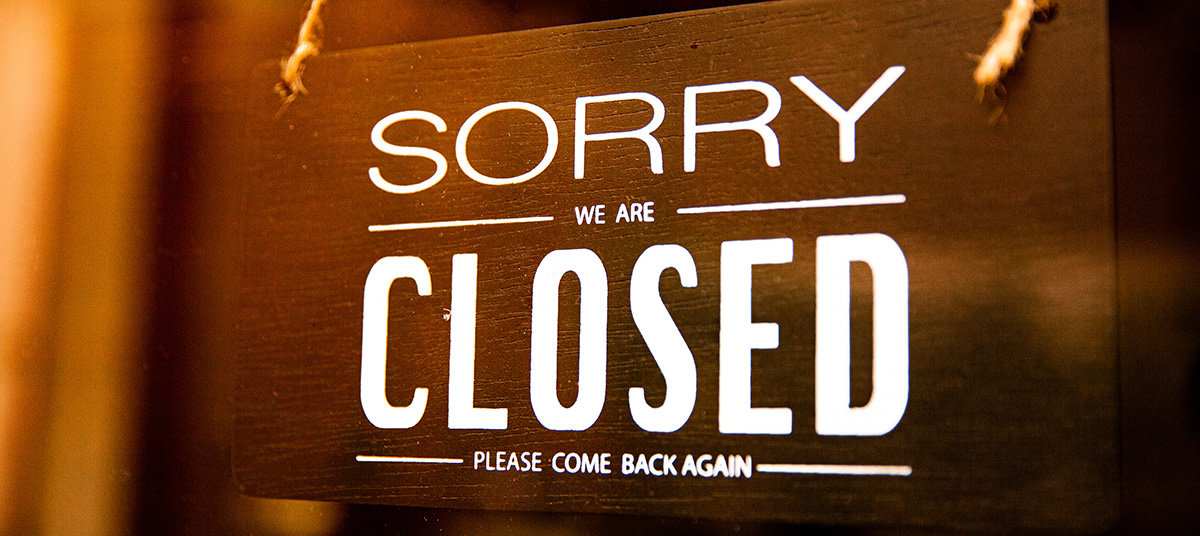
More than a third of private businesses with tax debt defaults of $100,000 or more have closed in the past year, according to CreditorWatch data.
The latest figures on Australian Tax Office (ATO) tax debt defaults have shown that over 1,700 Australian private businesses shuttered in the past year after struggling with excessive tax liabilities.
In the year to December 2024, 33.6 per cent of the 5,097 private businesses with ATO tax debt defaults – defined as debts exceeding $100,000 that are over 90 days overdue – have either become insolvent or voluntarily closed.
The electricity, gas, water, and waste services sector experienced the highest failure rate, with 40 per cent of businesses that defaulted on significant tax debts collapsing in the last year.
That was followed closely by the food and beverage service sector at 39.7 per cent.
The construction sector had a failure rate of just under one-third (32.4 per cent) of businesses that defaulted on significant tax debts shuttering in the past 12 months.
Behind the food and beverage sector, construction performed the worst in tax debt defaults for November, with a 1.24 per cent default rate, according to CreditorWatch data.
What is fueling tax debt problems?
Mounting economic pressures are straining businesses, with smaller firms more likely to feel the pressure of growing tax burdens.
Outstanding tax liabilities total approximately $52 billion, of which around $34 billion is owed by small and medium-sized enterprises (SMEs).
CreditorWatch pointed to a combination of rising operational costs and declining retail trade per capita for many businesses struggling to manage large tax debts.
SME owners also have to contend with labour shortages and cost pressures while managing their tax bills.
Research by National Australia Bank (NAB) has previously found that cash flow was the most significant concern for 38 per cent of SMEs (during the September quarter), with challenges around profitability (36 per cent) and the cost of doing business due to inflation (33 per cent) the next highest-ranked issues.
What it means for brokers
Recent research from non-bank lender Prospa has shown that despite economic pressures bearing down on Australia’s SMEs, 26 per cent said they intended to seek external funds in 2025, up from 23 per cent that said they would do so last year.
The findings illustrate a potential opportunity for brokers writing SME finance as smaller businesses seek to grow.
In National Australia Bank’s (NAB) recent Market Megatrends 2024: Navigating the Future report, the major bank said that supporting small businesses to grow would be a major challenge for brokers in 2025.
Almost six in 10 SMEs plan to invest and expand in the next 12 months, according to NAB.
The major said that brokers can advise on strategic financial decisions and funding needs, playing a key part in SME expansion.
[Related: How brokers are responding to the biggest industry challenges]
 Login
Login










JOIN THE DISCUSSION